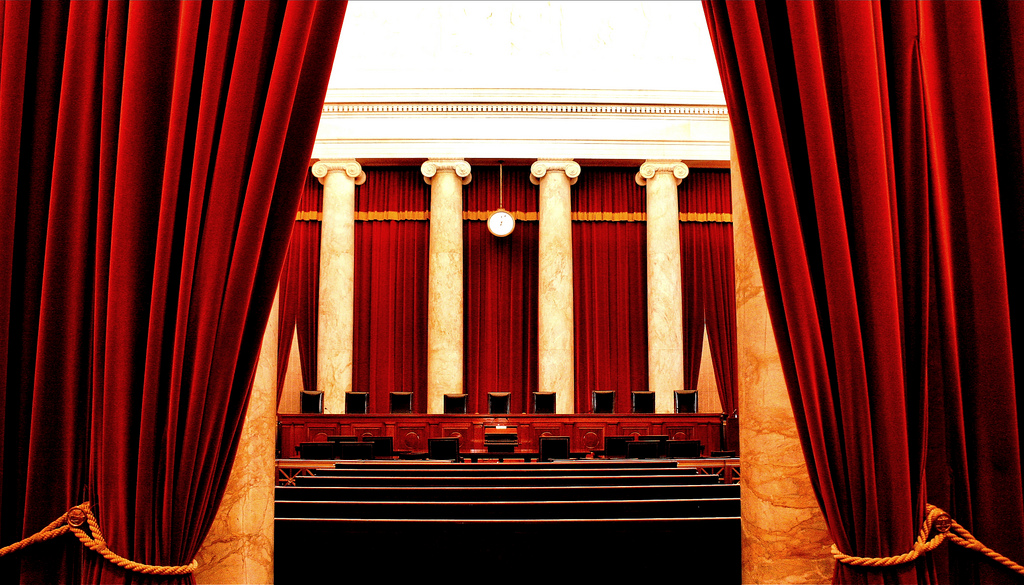The most important statutes in US securities cases are the Securities Act of 1933 (the ’33 Act) and the Securities Exchange Act of 1934 (the ’34 Act). Whereas the ’33 Act regulates issuers making an initial public offering (IPO), the ’34 Act regulates the secondary market. Thus, largely due to trade volume and investor exposure, the ’34 Act in many respects has much greater reach than the ’33 Act.
Ryan Drum
Recent Posts
US Supreme Court’s 2018 Decision in Cyan v. Beaver County Employees Retirement Fund
Class Actions, Collective Redress and Mandatory Arbitration
Redress - Generally
In modern legal proceedings, different countries and jurisdictions have all had to confront a need to administer a large volume of cases that can arise out of a common set of facts. Often these cases involve relatively few defendants with many thousands of plaintiffs. In the context of investor recovery proceedings, a common circumstance is that a business entity and its directors are accused of wrongdoing (the defendants). Often the defendants’ conduct is alleged to have caused recoverable harm against many injured investors (the plaintiffs). The many investor-plaintiffs largely all share the same injury caused by the related conduct of the same relatively few defendants. In resolving this and similar situations, countries have developed a number of approaches.
Topics: Settlement, U.S. Securities Class Actions, Arbitration, Class Action


